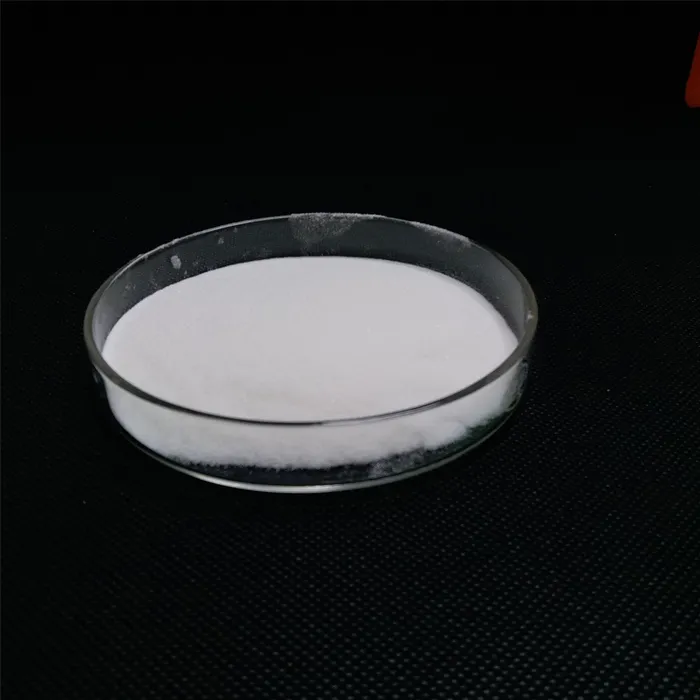Physical and Chemical Treatment of Water and Wastewater
Water is an essential resource for all forms of life. However, due to urbanization, industrialization, and agricultural practices, water sources are increasingly being contaminated. To ensure safe and clean water for consumption and the environment, effective treatment methods are crucial. The physical and chemical treatment of water and wastewater is a vital process that helps in removing pollutants and overall improving water quality.
Physical Treatment
Physical treatment processes involve the removal of contaminants from water through physical means, without altering the chemical composition of the substances involved. Common physical treatment methods include sedimentation, filtration, and flotation.
1. Sedimentation This process relies on gravity to remove suspended solids from water. When water is allowed to stand in a tank, the heavier particles settle at the bottom. This process can be enhanced by adding coagulants, which cause small particles to clump together, forming larger aggregates that settle more quickly.
2. Filtration Following sedimentation, filtration can further purify the water. This method typically involves passing water through a medium such as sand, gravel, or activated carbon, which traps remainings and microorganisms. Filtration can be performed in various types of filters, including rapid sand filters and membrane filters, depending on the specific requirements and contaminants present in the water.
3. Flotation Flotation methods, especially dissolved air flotation (DAF), are effective for removing lighter solids, oils, and grease. In this process, air is dissolved in water under pressure and then released at atmospheric pressure in a flotation tank, creating small bubbles that attach to suspended particles. This attachment causes the particles to rise to the surface, where they can be skimmed off.
physical chemical treatment of water and wastewater pdf

Chemical Treatment
Chemical treatment involves the addition of chemicals to alter the characteristics of pollutants, facilitating their removal. Common chemical treatment methods include coagulation, flocculation, disinfection, and chemical oxidation.
1. Coagulation and Flocculation These methods are often used in tandem. Coagulation involves adding chemicals called coagulants (e.g., aluminum sulfate) to water to neutralize the charges of suspended particles, causing them to clump together into larger aggregates called flocs. Flocculation is a gentle mixing process that encourages these flocs to grow larger, making them easier to remove during sedimentation or filtration.
2. Disinfection To remove pathogens and make water safe for consumption, disinfection is essential. Common disinfectants include chlorine, ozone, and ultraviolet (UV) light. Chlorination is widely used due to its effectiveness and residual protection, although it can form harmful by-products. Ozone is a powerful oxidant with no residual effect but offers superior pathogen inactivation without generating disinfection by-products.
3. Chemical Oxidation This method utilizes oxidizing agents to break down organic and inorganic pollutants in water. Agents such as hydrogen peroxide and potassium permanganate can decompose contaminants into less harmful substances. This method is especially useful in treating wastewater containing high levels of organic matter and certain industrial chemicals.
Conclusion
The physical and chemical treatment of water and wastewater are critical to safeguarding public health and protecting the environment. By employing various methods such as sedimentation, filtration, coagulation, and disinfection, water treatment facilities can effectively reduce pollution levels and produce clean water suitable for various uses. As water scarcity and contamination issues continue to escalate, ongoing research and technological advancements in treatment processes remain essential to enhance efficiency and sustainability in water management. Through these efforts, we can ensure that future generations have access to safe and clean water, a fundamental human right essential for life.

